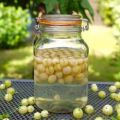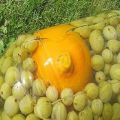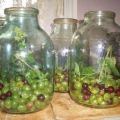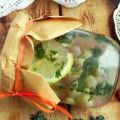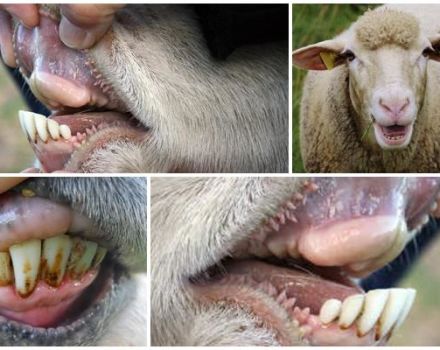TOP 10 recipes for making multifruit compote for the winter
There are a huge number of ways to prepare multifruit compotes for harvesting for the winter. All of them have the same ultimate goal - sterilization of fruits and syrup in which they are stored, protection from the penetration of various harmful microorganisms, suppression of fermentation and the development of mold in the finished product.
Features of the preparation of the compote "Multifruit" for the winter
Multifruit compotes are prepared from a mixture of 2-4 types of fruits and berries.
When choosing ingredients for multi-fruit compotes, you should give preference to fruits and berries with different colors and acidity. This helps to create an interesting composition of taste, improve the appearance and taste of the finished product.
Some fruits have low acidity, so citric acid should be added to improve taste and inhibit the development of microorganisms. For different types of compotes, the concentration of sugar syrup is not the same. The content of sugars and acids in fruits and berries, even within the same variety, can vary greatly depending on various indicators - the growing zone, the degree of fruit ripeness. Compote of two different compositions with the same sugar content can be sour or sugary-sweet.
To prepare compote you will need:
- Fresh seasonal fruits, berries.
- Water, preferably purified.
- Auxiliary ingredients - sugar, vanillin.
- Classic aluminum preservation lids, new design screw lids.
- Cleaned dry glass jars.
- Large metal container for pasteurization.

Requirements for the main ingredients
Sweet varieties of fruits and berries with aromatic and beautiful fruits are best suited for compotes. It is advisable to choose fruits that do not boil soft and do not change color during heat treatment.
Fruits and berries for the preparation of compotes should be whole, without rot and stains, damage and other defects. You should choose fruits of medium ripeness, as unripe ones often have a sour taste and low color, and overripe ones are easy to boil.
Ingredients should be washed, cleared of sepals and stalks, and, if possible, of seeds.
Large fruits are cut into equal small slices.To preserve the whole fruit, their diameter should not exceed 3.5-4 cm.
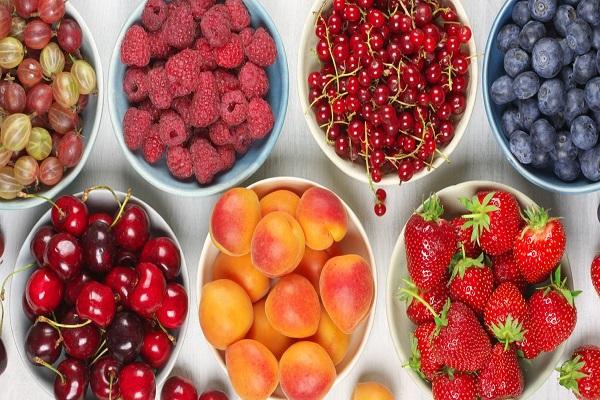
Preparing cans
Special attention should be paid to the selection of containers and lids for sterilization. The presence of chips and cracks on the walls and necks of glass jars is not allowed. The covers must be intact, even, without traces of rust. The enamel of a modern screw cap must be chip-free to prevent metal corrosion and damage to the workpiece.
For pasteurization of compote, it is necessary to use carefully washed and dried dishes. Banks should be thoroughly cleaned with baking soda solution and dried. Dishwasher owners can prepare their containers by running the wash cycle at the highest temperature and duration available.
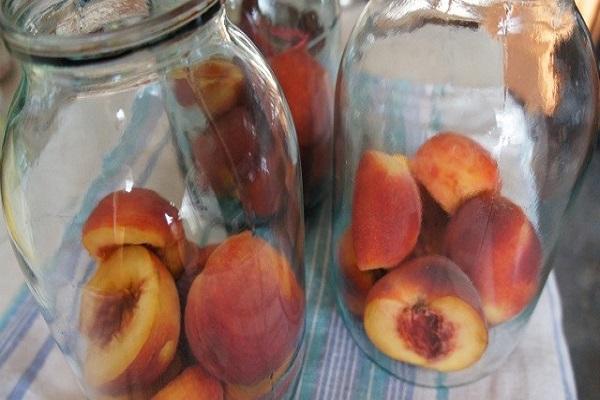
How to make a multifruit compote at home
Prepared fruits and berries are packed in pre-prepared containers. The fruits should be folded carefully so as not to damage them.
It is necessary to prepare the syrup in advance - the water is brought to a boil, after which the required amount of granulated sugar is dissolved in it, stirring.
The components placed in the jars must be immediately poured with hot syrup. In order to avoid cracking, small fruits are poured with a solution at temperatures up to 65 ° С, large fruits and berries at a temperature of 95 ° С. After filling with syrup, the jars are sent for sterilization.
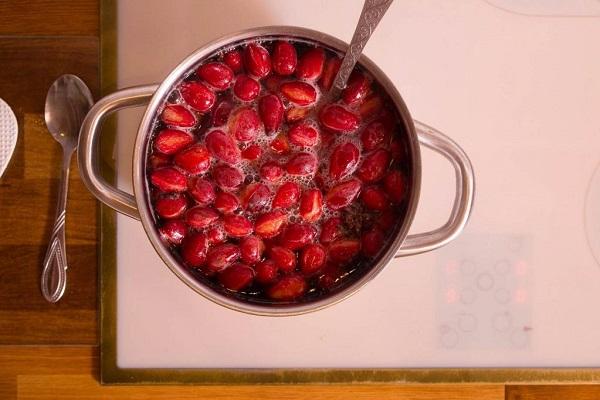
The jars, loosely covered with pre-sterilized lids, are placed on the bottom of a large saucepan and poured with cold water so that 1.5-2 cm remains to the top of the neck of the jar. To avoid cracking of the container, place a special grate or cloth on the bottom of the pan.
The water in which the canned food is immersed must be heated to a boil. The sterilization time depends on the composition of the compote, on average 18-20 minutes for liter cans, 25-35 minutes for three-liter cans.
After the sterilization time has elapsed, the jars are closed with a seaming key and turned over. The finished preservation should be wrapped in a cloth until it cools completely.
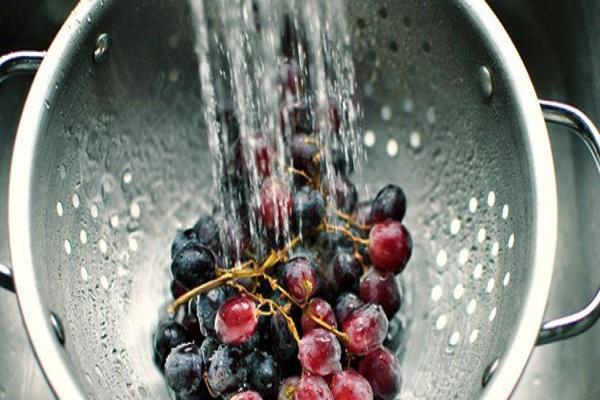
Recipes for making multifruit compotes for the winter
Several bright fruit combinations for multivitamin compotes for the winter.
The proportions are given for a volume of 3 liters of water. The weight of products is indicated in grams.
Zucchini and cherry plum
An unusual combination of neutral zucchini and fragrant cherry plum allows you to get a multi-compote that tastes like pineapple syrup.
Zucchini must be peeled and cut into large cubes or wedges, after having been cleared of seeds.
Ingredients:
- zucchini - 600;
- cherry plum - 400;
- sugar - 300;
- citric acid - 5.
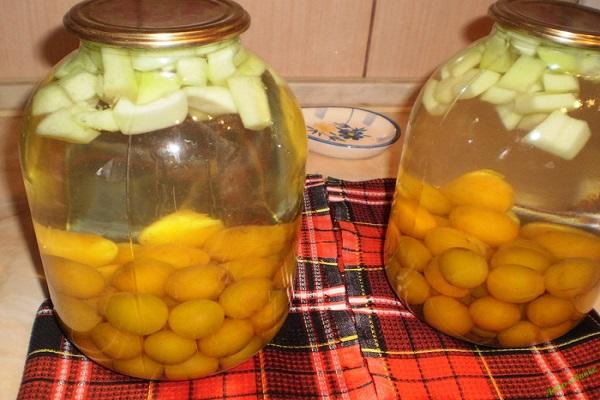
Orange and gooseberry
Orange and gooseberry compote has a slightly tart exotic taste, reminiscent of mulled wine. During preparation, the oranges should be cut into slices of equal thickness.
Components:
- gooseberries - 400;
- orange - 1 pc.;
- sugar - 300;
- fresh mint - 10.
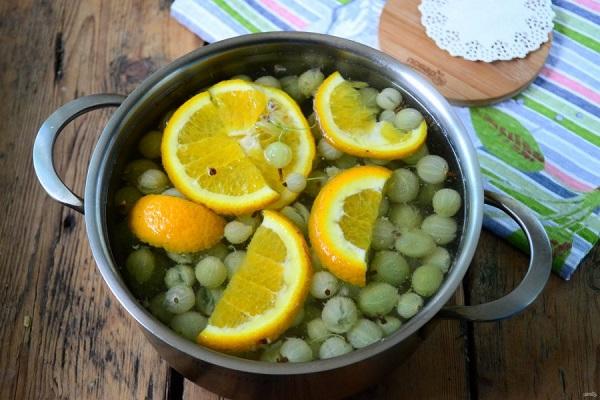
Chokeberry and apples
Chokeberry colors the compote in a beautiful ruby color, apples add sourness:
- chokeberry - 300;
- apples - 200;
- sugar - 250.
Rosehip and sea buckthorn
Fresh, slightly sour drink, rich in vitamin C, which is essential in the cold season. Sea buckthorn gives the drink a bright sunny color reminiscent of summer.
Ingredients:
- rosehip - 200;
- sea buckthorn - 300;
- sugar - 350.
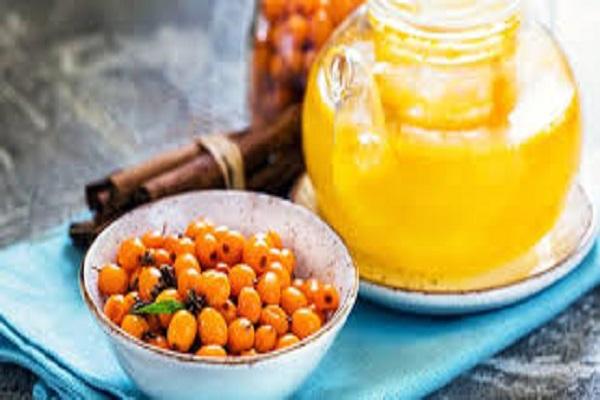
Gooseberry and raspberry
This bright and aromatic drink will appeal to lovers of sweet and sour compotes:
- gooseberries - 250;
- raspberries - 350;
- sugar - 350.
Black currant and cherry
The concentrated, brightly colored drink, diluted before drinking with carbonated mineral water, is very popular with children.
Components:
- black currant - 250 grams;
- cherry - 250 grams;
- sugar - 350 grams.
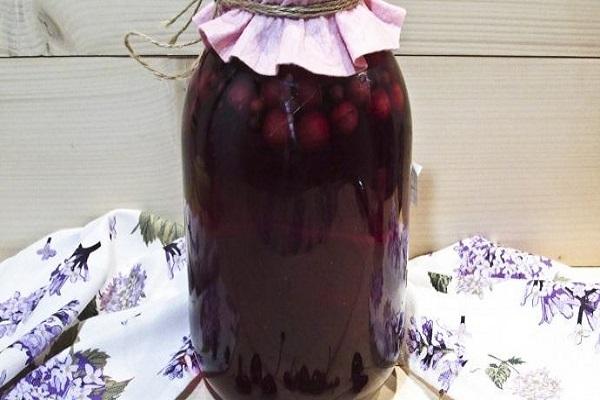
Garden strawberry with lemon
One of the brightest and most aromatic fruit combinations. Lemon gives the composition a fresh exotic flavor:
- strawberries - 350;
- lemon - 1 piece;
- sugar - 350.
From grapes and apples
For the preparation of the drink, you should choose grapes of sweet, dark varieties. Light grapes will not give the drink the required color intensity:
- grapes - 450;
- apples - 250;
- sugar - 300.

Gooseberry and apricot
To give the drink an intense shade, you can add a small amount of dark-colored berries to the composition:
- gooseberries - 250;
- apricots - 250;
- dark berries (cherries, black currants, mulberries) - 100;
- sugar - 350.
Sea buckthorn and apples
Another combination of ingredients for lovers of sea buckthorn drinks:
- sea buckthorn - 250;
- apples - 250;
- sugar - 350.

How and how much can you store
Compotes are best stored in well-ventilated and dry rooms at 0-20 ° C. A higher temperature leads to softening of fruits, destruction of vitamins and pigments, premature spoilage of the product.
The shelf life, during which the compotes fully retain their quality, for drinks containing dark berries, fruits with seeds and melons - no more than 1 year, for other fruits - no more than 2 years.


